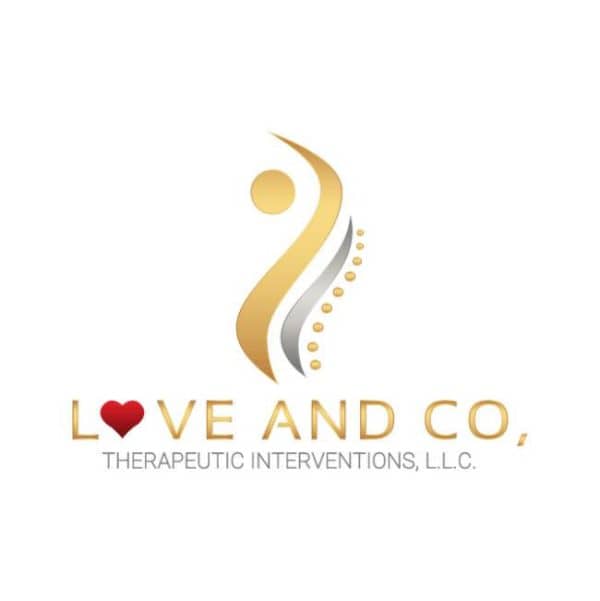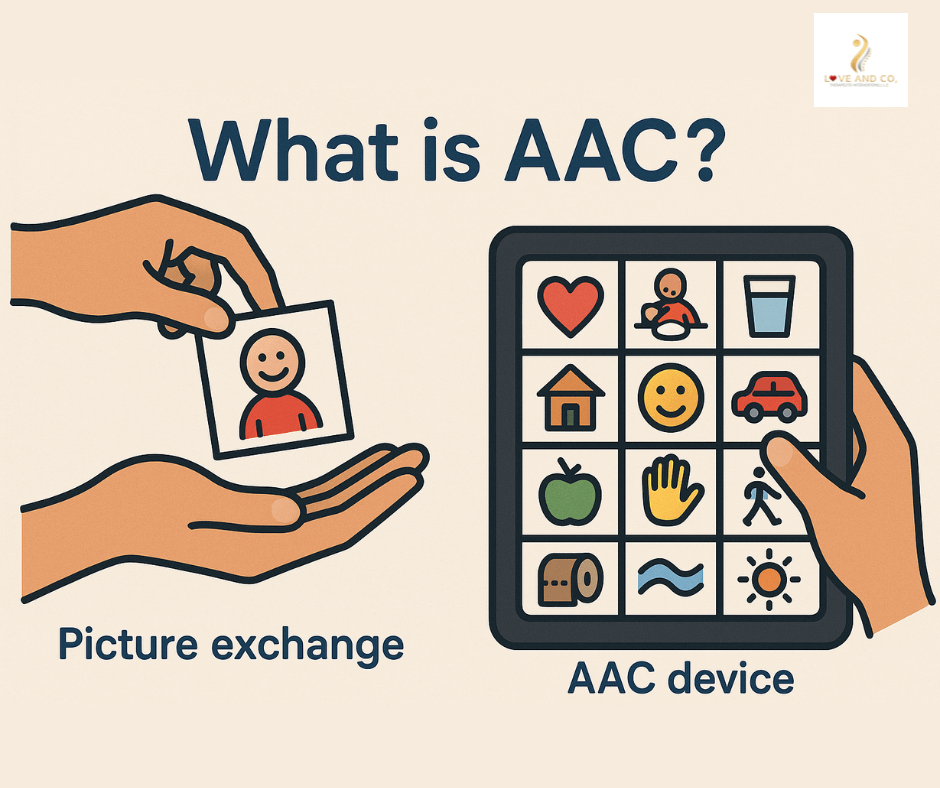Communication is how we connect with the world, but not everyone communicates in the same way. Some children and individuals may have difficulty using spoken language, which is where AAC comes in.
What Does AAC Stand For?
AAC stands for Augmentative and Alternative Communication. It includes all the ways someone can communicate besides talking. AAC helps individuals express their thoughts, needs, wants, and ideas when speech is limited or not possible.
Who Uses AAC?
AAC can benefit children and adults who have:
– Autism
– Cerebral palsy
– Down syndrome
– Speech delays or disorders
– Apraxia of speech
– Traumatic brain injuries
– Neurological conditions
AAC can be temporary (for example, after surgery) or permanent, depending on the person’s needs.
Types of AAC
AAC falls into two main categories:
1. Unaided AAC
This type of communication does not require any tools, just the body. Examples:
– Gestures
– Sign language
– Eye gaze
2. Aided AAC
This involves tools or devices that help a person communicate. Examples include:
– Low-tech AAC: Picture boards, communication books, letter boards
– High-tech AAC: Speech-generating devices (SGDs), tablets with AAC apps (like Proloquo2Go, TD Snap, or TouchChat)

Why is AAC Important?
AAC gives individuals a voice. It allows them to:
– Communicate wants and needs
– Participate in learning and play
– Build relationships
– Reduce frustration and behavior issues caused by communication challenges
Common Myths About AAC
– Myth: “Using AAC will stop my child from talking.”
Truth: Research shows that AAC often supports speech development, not hinders it.
– Myth: “AAC is only for nonverbal individuals.”
Truth: AAC can support individuals who have some speech but struggle to communicate effectively all the time.

How Can Parents Support AAC Use?
– Model AAC: Use the AAC system while you talk to the child (this is called aided language stimulation).
– Be patient: Give extra time for the child to respond.
– Celebrate communication: Whether it’s a gesture, a picture, or a word, every effort counts.
– Collaborate: Work closely with speech-language pathologists (SLPs), teachers, and therapists.
Final Thoughts
AAC opens up a world of possibilities for those who struggle with speech. With the right tools and support, every child can find their voice, whether it’s spoken, signed, or tapped on a screen.

Need Help Getting Started with AAC? Love & Co. Can Help!
If you’re wondering whether your child could benefit from AAC, Love & Co. Therapeutic Interventions is here to guide you every step of the way. Our experienced speech-language pathologists offer comprehensive AAC evaluations to help determine the right system for your child’s unique needs.
We may be able to help your child get an AAC device at no cost to you through Children’s Medical Services Medicaid (CMS) or Sunshine Health Medicaid.
Our Team Can Help With:
– AAC assessments and trials
– Matching your child with the right system
– Paperwork and insurance support
– Device training and family education
Your child deserves a voice, and we’re here to make that possible.
Visit https://loveandcompanytherapies.com or contact us today to schedule an AAC evaluation and see how we can help your child thrive through communication.
941-557-3881
941-264-8641
Love & Co. Therapeutic Interventions
referrals@loveandcompanytherapies.com
☎ 1 (941) 557-3881
☎ 1 (941) 264-8641

Leave a Reply